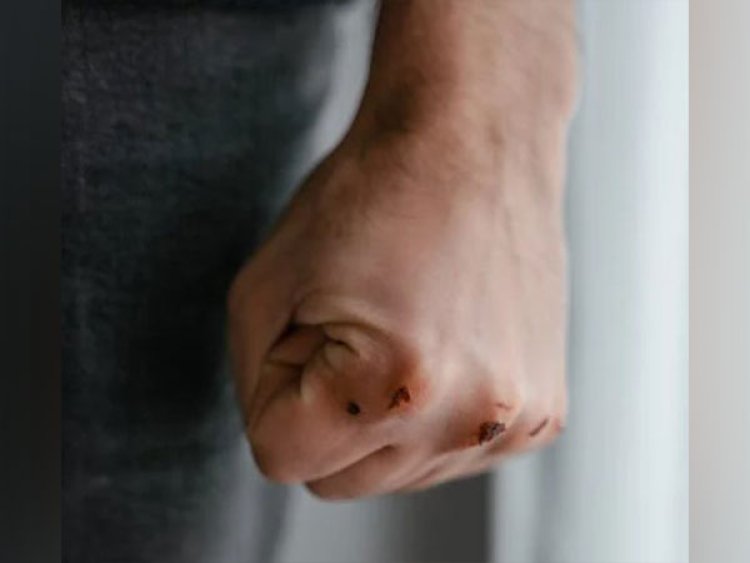Researchers develop new hydrogels for wound management

California, US: Open wounds, whether from an accident or a medical procedure such as surgery, require proper management to expedite healing and prevent infection. While sutures and staples are typical techniques of wound closure, they can induce secondary tissue injuries, potentially leaking fluids and gases and necessitating anaesthetics.
Tissue sticky glues are a more appealing option, however, they are frequently poisonous and have poor adherence.
Tissue adhesive patches, fortunately, provide an inventive solution. Through tunable polymeric compositions, they provide precise control of adhesion and mechanical qualities. These patches can also deliver medications straight to wounds, speeding up healing.
Existing adhesive patches containing catecholamines such as dopamine (DA) have shown promise, but they have limitations due to delayed oxidation and weak adhesion to the polymer backbone.
Against this backdrop, a team of researchers from Korea, led by Associate Professor Kyung Min Park of Incheon National University set out to find an effective solution to these limitations. As reported in their latest study, which was published in Composites Part B: Engineering, they developed a new strategy to produce DA-containing tissue adhesive gelatin hydrogels.
Their approach is centred around the addition of calcium peroxide (CaO2) as an ingredient when preparing the hydrogel solution, giving rise to gelatin-based oxygen-generating tissue adhesives (GOTs). This compound reacts easily with water to release molecular oxygen (O2), facilitating the oxidation of DA molecules, and promoting DA polymerization and healing of the wound.
"Oxygen is a critical metabolic substrate or signalling molecule in the body. In particular, hyperoxia, which essentially means high oxygen concentration, has been demonstrated to facilitate wound healing processes and tissue regeneration by promoting cell proliferation, blood vessel formation, and wound remodelling," explained Dr Park.















































